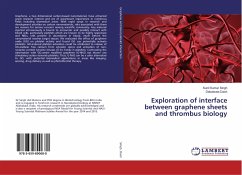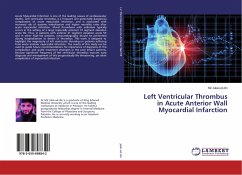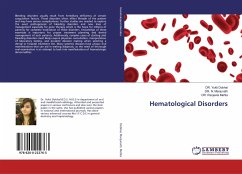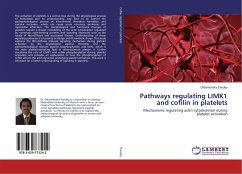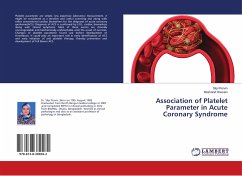Graphene, a two dimensional carbon-based nanomaterial, have attracted great research interest and are of paramount importance in numerous fields including biomedical areas. With rapid surge in research and development activities on carbon nanomaterials, risks associated with them are reasons for serious concern among scientific community. Any material injected intravenously is bound to encounter and possibly interact with blood cells, particularly platelets which are known to be highly responsive and RBCs, cells present in abundance in blood, much before the nanomaterial reaches target tissues. We evaluated the effect of graphene oxide (GO) on platelet activity and found GO can potentially activate platelets. GO-induced platelet activation could be attributed to release of intracellular free calcium from cytosolic stores and activation of non-receptor protein tyrosine kinases of Src family in platelets. Contrasting the observation with GO,amine modified graphene (G-NH2) not shownany stimulatory action towards platelets. Thus, G-NH2 can be a safer alternative to GO, with potential biomedical applications in areas like imaging, sensing, drug delivery as well as photothermal therapy.
Bitte wählen Sie Ihr Anliegen aus.
Rechnungen
Retourenschein anfordern
Bestellstatus
Storno

